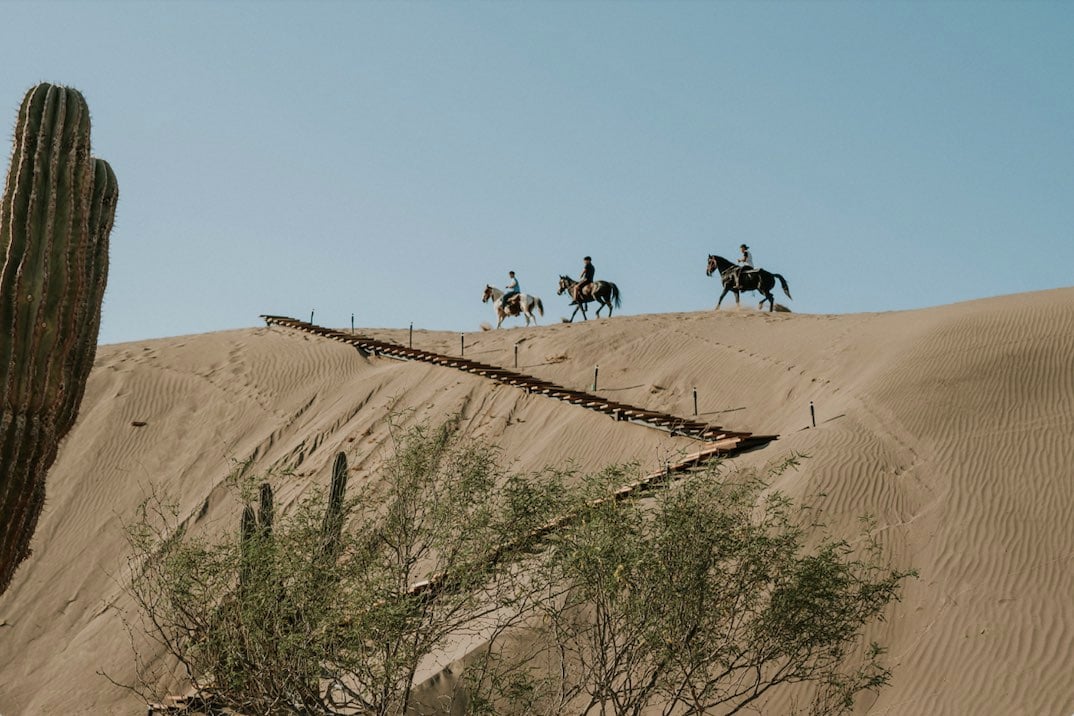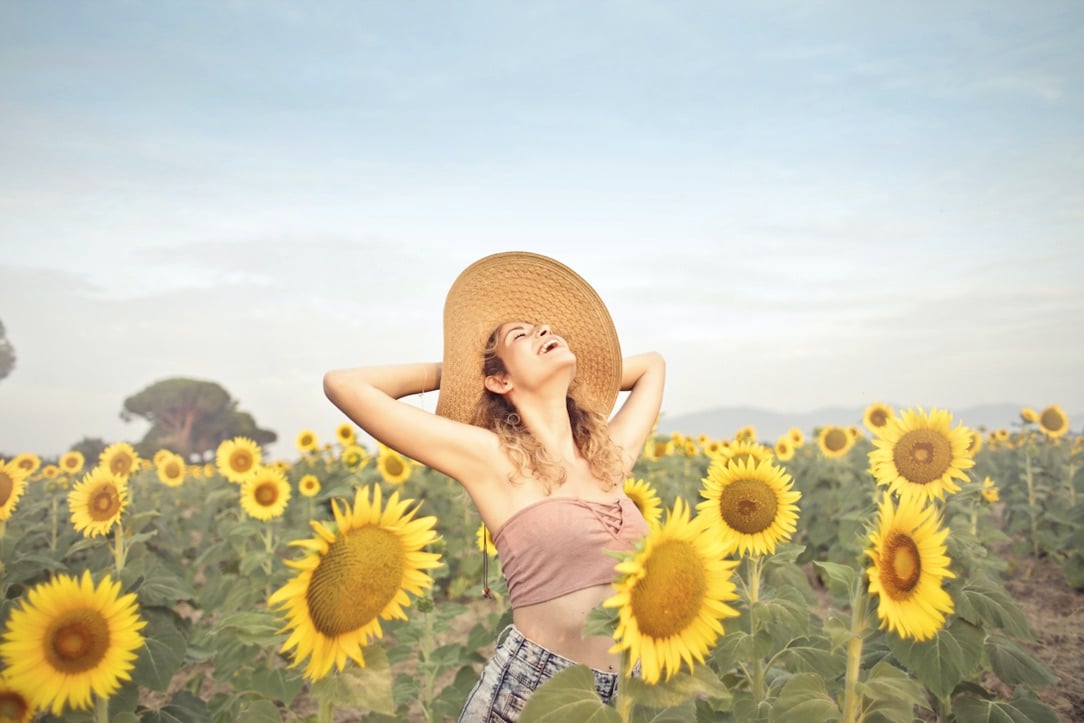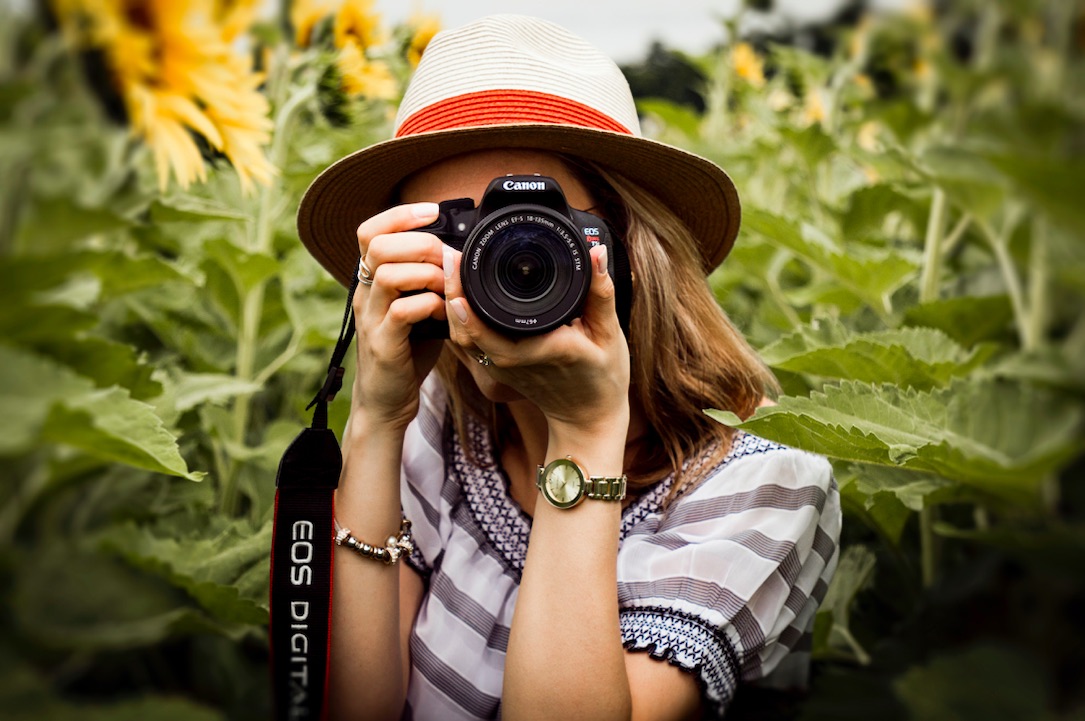Honoring the Day of the Dead

Day of the Dead (or El Dia de los Muertos) is a Mexican holiday that occurs on November 1-2, when families celebrate their deceased ancestors. The gates between the physical and spiritual world open on the evening of October 31, unlocking the realms that allow families to be reunited.
Ancient indigenous cultures of Mexico have celebrated the lives of those who’ve passed away for over 3,000 years. The holiday originally lasted the entire ninth month of the Aztec calendar year.
November 1 honors deceased children, the innocent souls lost. Offerings are made in the form of toys and dolls for the children to play with and enjoy on the holiday. November 2 celebrates the deceased adults. For them, we bring libations and earthly gifts that they’d find amusing and adore.
Many people do altar work to attract their ancestors in spiritual form. This requires them to make offerings to the spirits. Usually, marigold flowers, foods (the favorite foods and libations of the deceased are made and placed on the altar), fruit, and water are left on the altar with photos of ancestors and candles burning brightly throughout the day. These offerings are used to attract ancestors and alert them to come towards the loving space that we have created in their honor and memory.

Dressing up in skull masks or face makeup is common. This is a contemporary way to celebrate the holiday. The more traditional approach is to eat sugar skull cookies known as pan de muerto and to drink atole, which is a spicy dark chocolate liquor, and greet neighbors with “Feliz Dia de los Muertos,” which translates to “Happy Day of the Dead.”
Having a lovely and lush meal with living family members while holding an empty seat with a place setting the spirits is a welcoming way to evoke them to come out and enjoy the fun. Families hold feasts with wine and food that the deceased love. The family raises a glass and gives a toast to the family members they are honoring. Everyone reflects and shares stories about their ancestors. Tears, laughs, and a wide range of emotions are felt throughout the course of the meal. After all, it’s a celebration of the circle of life and those who we miss dearly.
Festivals continue in the parks and cemeteries, where the spirits are remembered and revered. All generations of families gather together and unite in paying tribute to their deceased loved ones. Music is played. Dancing under the sun lasts until moonlight. Additionally, flowers, photos, and personal trinkets are left on the graves of those who’ve departed to let them know that their presence is not forgotten and always felt. People also make crafts, art, and jewelry that have personal significance to the departed and allow them to feel the tender love and kindness their family has for them.
Cleansing the home and energy is important as well. It’s always a good idea to refresh and reset one’s personal energy when doing altar work and connecting with spirits to keep the energy clean. Also, to ensure that you’re aligning with the right spirits — the ones who are only giving you love and respect.
The Day of the Dead is not a one-off holiday, meaning that it’s not just celebrated one time throughout the year. Plans and offerings are made throughout the year, not just on this one day. This is the time when the bell between the spiritual and physical world is the nerve and normal, which is why it is a time that the spirits come to visit. However, this is a time-honored tradition that spans decades and generations and requires consistent devotion and love.
The magic of the Day of the Dead is one that has stood the test of time and brought families together. It is the most magical and inspirational time of the year for all who celebrate. Knowing that your ancestors are present and showing you the love that you feel for them is the most wonderful sentiment one could possibly feel. All of these reasons and more are why Dia de los Muertos is an amazing time for those who celebrate — and why it should be honored throughout the year.
Written by Lisa Stardust



